- Courses
 Business Management
Business Management IT Networks and ITSM
IT Networks and ITSM Data Management
Data Management Information Security
Information Security Software Development
Software Development Digital Transformation
Digital Transformation Graphic Design
Graphic Design
- Career Paths
- Vendors







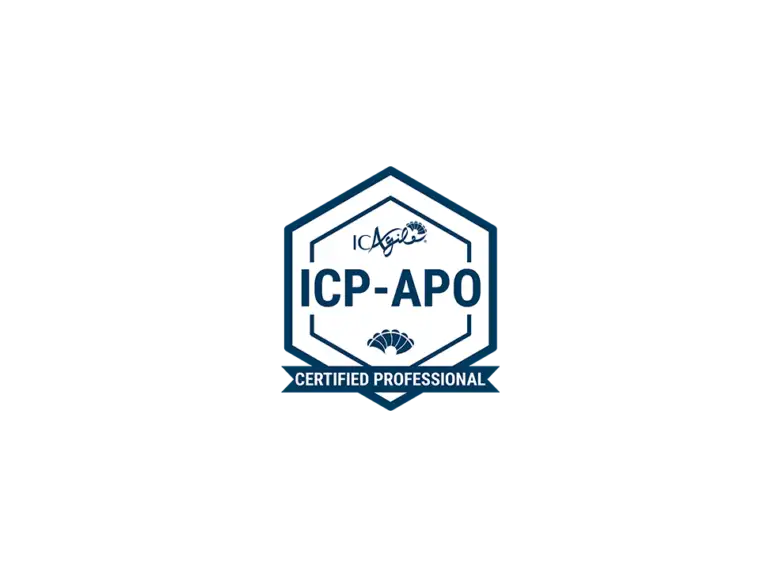
Become a Certified Agile Product Owner & Drive Innovation!
Great products don’t just happen—they need vision, strategy, and Agile leadership!
Organizations today seek certified Agile Product Owners who can bridge the gap between business goals and customer needs, ensuring products deliver maximum value.
Master Agile product ownership, from vision to execution, Learn to prioritize features, manage backlogs, and optimize value delivery, Gain expertise in Scrum, Lean, and Agile frameworks to excel in your role.
Lead with confidence, create impactful products, and stand out in your career! Enroll now and earn your ICP-APO certification!

The Agile Product Ownership Certification (ICP-APO) is designed to equip professionals with the essential skills and knowledge to effectively manage product development in Agile environments. This certification emphasizes understanding customer needs, delivering valuable products, and fostering collaboration among stakeholders.
Skills Gained:
Job Advantages:
Advantages for Organizations:
Investing in the ICP-APO certification not only bolsters individual careers but also drives organizational success by ensuring that product development efforts are aligned with customer expectations and market dynamics.
This certification showcases key skills, hands-on experience, and industry expertise, recognized globally by professionals and employers.
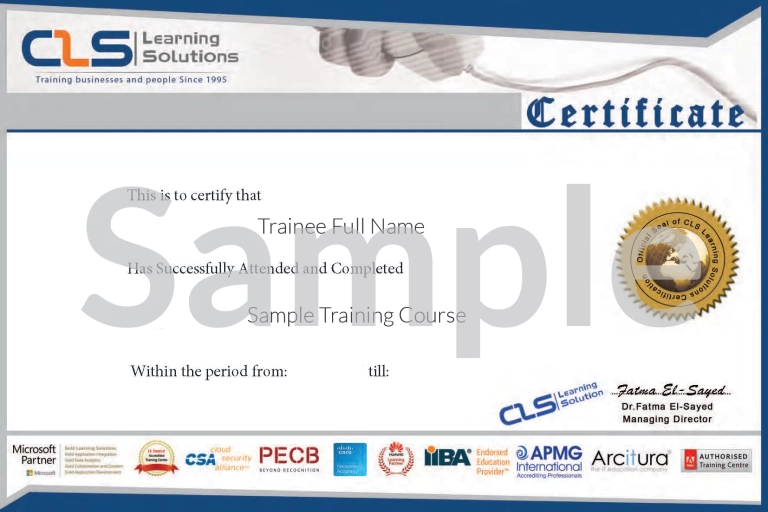
AGILE PRODUCT OWNERSHIP MAXIMIZES VALUE
1.1. DEFINING AGILE PRODUCT OWNERSHIP
1.1.1. What is Agile Product Ownership
1.1.2. What is Value
SKILLS & BEHAVIORS FOR PRODUCT OWNERSHIP
1.2.1. Developing Relationships
1.2.2. Value-based Decisions
1.2.3. Facilitate for Shared Understanding
WORKING WITH CUSTOMERS AND STAKEHOLDERS
2.1. KNOWING YOUR CUSTOMERS
2.1.1. Customer and Stakeholder
2.1.2. Understand the Customer
2.1.3. Connect to the Customer Problem
ALIGNING WITH STAKEHOLDERS
2.2.1. Understand the Stakeholder
2.2.2. Align with Stakeholders
DEFINING AND DELIVERING PRODUCTS
3.1. PRODUCT PLANNING AND DEVELOPMENT
3.1.1. Align to the Product Vision
3.1.2. Identifying Measurable Outcomes
3.1.3. The Product Backlog
3.1.4. Prioritization Techniques
3.1.5. Product Planning
3.2. LAUNCH AND LAND PRODUCTS
3.2.1. Definition of Done
3.2.2. Assessing Value Delivered
3.2.3.Capturing Customer Feedback
3.2.4. Knowing When to Stop
By the end of this course, participants will be able to:
Understand Agile Product Ownership
Align Product Vision with Business Goals
Enhance Stakeholder Collaboration
Master Agile Backlog Management
Optimize Value Delivery
Implement Feedback Loops and Continuous Improvement
Facilitate Agile Product Development Practices
Navigate Agile Leadership and Mindset
This course provides a strong foundation in Agile product ownership, equipping participants with the skills to effectively deliver high-value products in dynamic business environments.
This course is designed for professionals involved in Agile product development, business strategy, and stakeholder management. Ideal participants include:
1. Product & Business Professionals
Product Owners & Product Managers – Seeking to enhance their Agile product management skills and maximize value delivery.
Business Analysts – Looking to refine backlog management, stakeholder collaboration, and value-based decision-making.
Entrepreneurs & Startups Founders – Interested in building customer-centric products and implementing Agile best practices.
2. Agile & Project Management Professionals
Scrum Masters & Agile Coaches – Wanting to deepen their understanding of product ownership to better support Agile teams.
Project Managers & Program Managers – Transitioning to Agile environments and aiming to optimize project delivery through Agile product ownership.
3. Development & Technical Teams
Software Developers & Engineers – Who want to align technical work with business priorities and enhance collaboration with Product Owners.
UX/UI Designers – Interested in integrating Agile principles into design workflows to create user-focused products.
4. Business Leaders & Decision-Makers
Executives & Stakeholders – Who need a better understanding of Agile product ownership to drive strategic alignment and improve product-market fit.
Learn from top-notch instructors who bring industry expertise, passion, and years of experience to guide you toward mastery.
Learn practical tools and techniques tailored to solve real-world business challenges.
Put your skills into action with real-world projects that mimic actual industry scenarios. Build a portfolio that showcases your expertise and prepares you for success in freelancing or company roles
Showcase your skills with a accregated certificate to enhance your professional profile
Learn from experienced instructors who not only teach data analytics but also mentor you on securing your dream job whether as a freelancer or with top companies













I am pleased to have successfully completed the Agile Fundamentals Training under the guidance of Ziad Algamal , delivered by the Egyptian Banking Institute in collaboration with CLS Learning Solutions. This training has provided valuable insights into Agile methodologies and best practices that will enhance my approach to software testing and development in the banking sector.











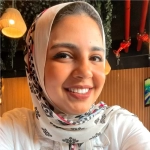


Our classrooms in provide an in-person learning experience with direct interaction with instructors,These locations are equipped with modern facilities that support collaboration, practical training, and focused attention
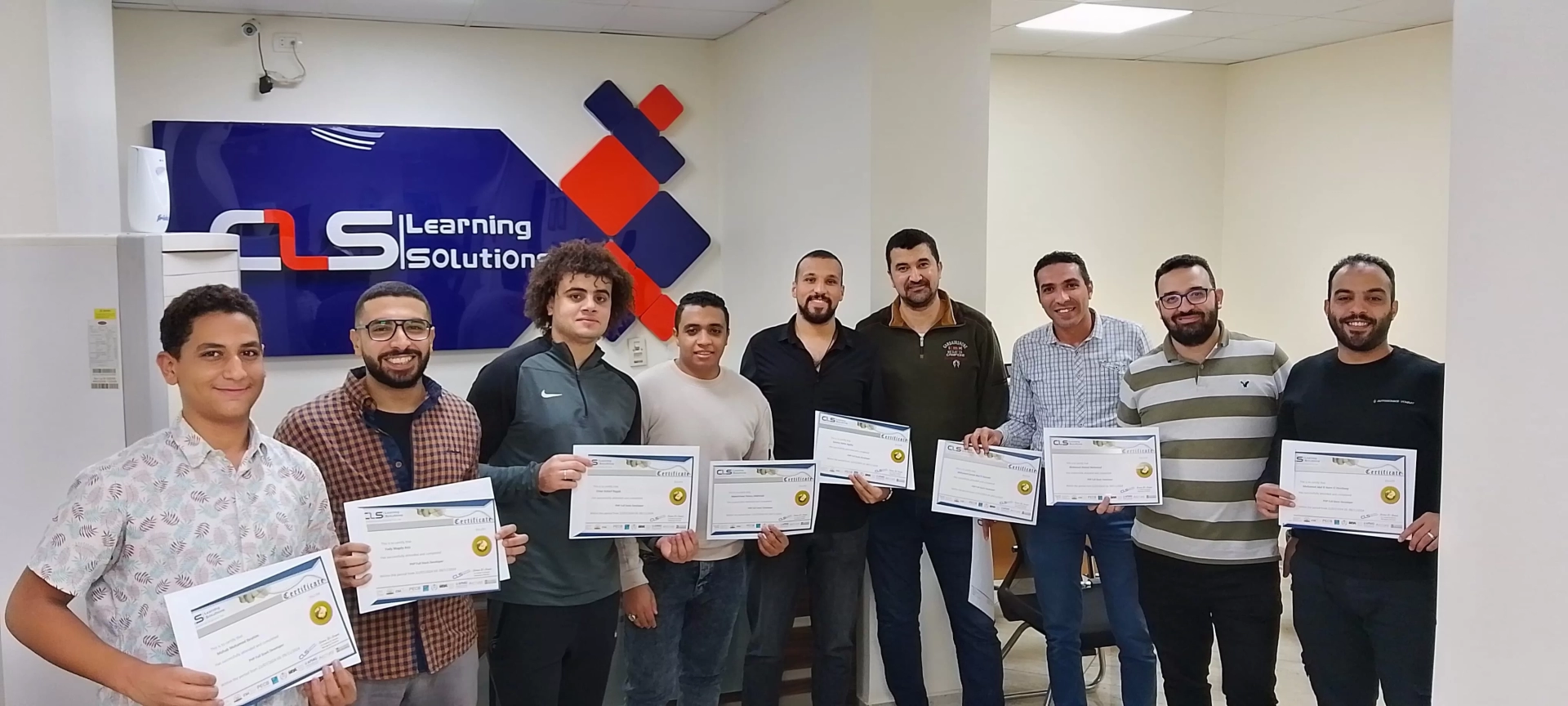


We offer two tailored virtual training formats, the Self-Paced Training to Enjoy the freedom to study anytime, anywhere and the Virtual Interactive Instructor-Led Training with flexible sessions that connect you with expert instructors in real time



We offer on-site training at your company’s premises. Tailored to your business needs, these sessions allow employees to learn without leaving the workplace.
Our expert instructors will deliver courses designed to enhance skills and drive performance, all in a familiar and comfortable environment.


Years of Experience
Since 1995, we’ve been a trusted training partner, helping individuals and organizations achieve their goals.
Expert Instructors
Learn from with top experts in the industry guranteed and get career assistance and coaching.
Hands-On Learning
Our courses are designed with real-world projects and practical applications.

My experience with CLS Learning Solutions was a very nice experience and I benefited a lot in light of the participation and explanation from the distinguished professors. This is the first time I have participated in ITIL Course these wonderful sessions and I advise everyone to participate and benefit from this wonderful center.

CLS is one of the Best Performing training centers in DEPI Initiative, they are very organized, they provided their own LMS which helped our team in monitoring and reporting, their instructors were all very professional and above expectations.

The professional training services provided by this team exceeded our expectations. The courses were highly engaging, expertly delivered, and tailored to our needs. Our team gained valuable skills that have directly impacted our performance. I highly recommend their training programs for anyone looking to upskill their workforce.
Dr. mohamed hafez Testimonial on Data Analysis Track – He Successfully graduated from Our Data Analysis Track with DEPI Scholarship (MCIT)
فعاليات يوم الابتكار في الذكاء الاصطناعي والمسارات المهنية واتجاهات السوق بحضور طلبة مبادرة رواد مصر الرقمية في مسار الذكاء الاصطناعي بفندق سفير بالدقي بالقاهرة في حضور نخبة من خبراء الذكاء الاصطناعي في سوق العمل المصري والسعودي
Testimonial from Mr. Mona Moamen, Office Manager at International Drug Agency For Pharmaceutical Industry and She Successfully graduated from Our Data Analysis Track with DEPI Scholarship ( MCIT )
Mohamed Amro Seleem ( Computer Science Student) Testimonial on Data Analysis Track – He Successfully graduated from Our Data Analysis Track with DEPI Scholarship (MCIT)

I would like to extend my sincere thanks and appreciation for the outstanding Six Sigma training recently delivered at your center. The course was highly professional, well-organized, and rich in valuable content that was both practical and insightful.
A special thanks goes to the trainer “Dr. Farouk” , who demonstrated a high level of expertise and professionalism. His clear delivery and engaging approach greatly enhanced the learning experience and made the complex concepts easy to understand.
It was truly a high-quality training experience, and I am grateful for the opportunity to have been part of it. I look forward to attending more of your programs in the future.






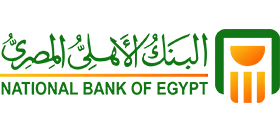











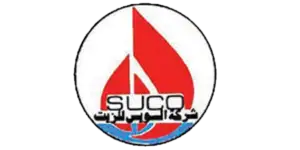















We have been in the market since 1995, and we kept accumulating experience in the training business, and providing training for more than 200,000 trainees ever since, in Egypt, and the MENA region.
CLS facilities are well-equipped with strong hardware and software technologies that aid both students and trainers lead very effective smooth training programs.
We provide our clients with the best solutions, customized to their specific needs and goals. Our team is highly qualified to answer whatever questions you have.
CLS is an authorized and accredited partner by technology leaders. This means that our training programs are of the highest quality source materials.
We keep tabs on every change in the market and the technology field, so our training programs will always be updated up to the World-class latest standards, and adapted to the global shape-shifting job market.
We select the best instructors, who are certified from trustworthy international vendors. They share their professional experience with the Trainees, so they can have a clear hands-on experience.

Seize the moment, Learn with CLS, The Top-Rated Training Provider in Egypt since 1995, 30 Years of Experience Training Businesses and People in Egypt and Mena region.
© 2025 - CLS Learning - Solutions | All Rights Reserved.